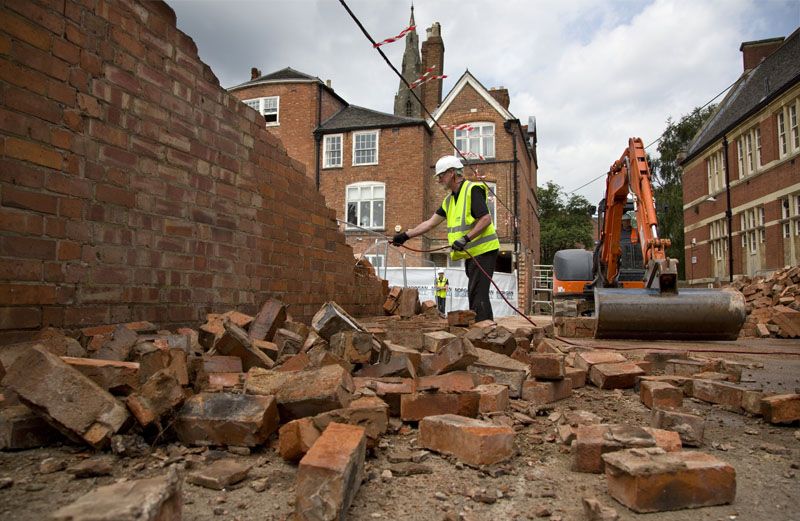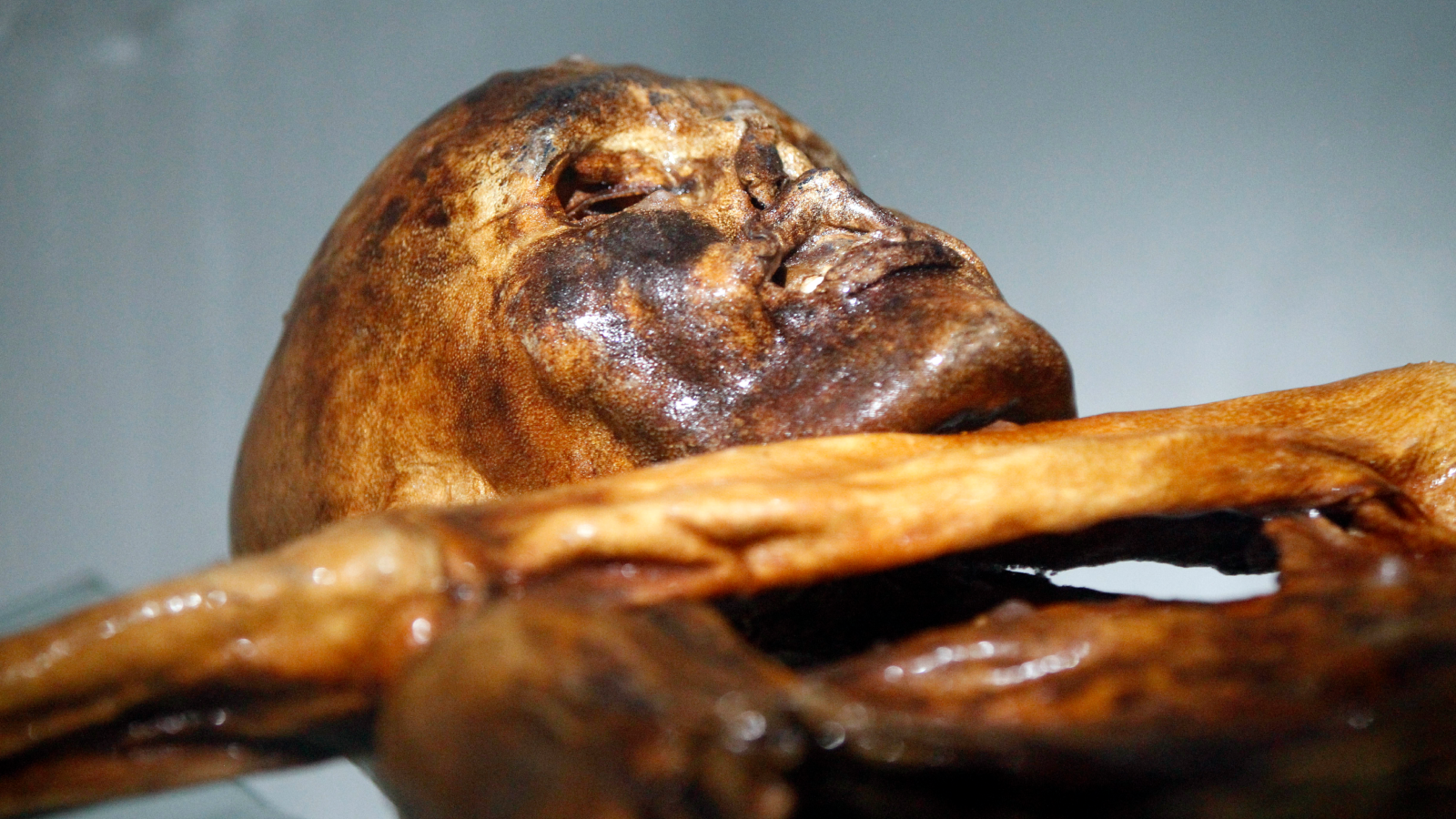Archaeologists Return to Richard III Gravesite

Archaeologists are about to break fresh ground in the place where the long-lost remains of King Richard III were discovered.
Last summer, excavators found the monarch's battle-scarred bones underneath a parking lot in Leicester, England, in the medieval ruins of Grey Friars church. On Monday (July 1), the same archaeologists will begin a four-week dig at the site, hoping more discoveries lie in Richard's final resting place.
Three other tombs were exposed during the zealous search for the king, including a 600-year-old lead-lined stone coffin. In the expanded excavation, the University of Leicester team will investigate this grave; they believe it may contain the body of Sir William Moton, a knight thought to have been buried at Grey Friars in 1362, more than 100 years earlier than Richard III's death in 1485. [Image Gallery: The Search for Richard III]
"It will be emotional no doubt to return to the site where we made our discovery last August," Richard Buckley, co-director of University of Leicester Archaeological Services, said in a statement. "I have been back many times with media and groups to talk about the discovery, but being back at the actual site for a dig will be something else. I can't wait."
Relying on historical records, Buckley and his team started digging beneath the Leicester City Council parking lot on Aug. 25, 2012, looking for the king's grave. They soon found the Grey Friars church and then a male skeleton with a spine curved by scoliosis, a skull cleaved with a blade, and a barbed metal arrowhead lodged among the vertebrae of the upper back.
These clues led researchers to believe they had finally uncovered the body of the king, who ruled England from 1483 until his death in 1485 in battle during the War of the Roses. In February, researchers announced that DNA from the teeth and a bone matched with a modern relative of the Richard. The body eventually will be reinterred in the Leicester Cathedral and a visitor center is being built at the site to showcase some of the finds.
In preparation for the new dig, part of a Victorian wall was being torn down at the site.
Get the world’s most fascinating discoveries delivered straight to your inbox.
"Removing part of this wall will allow the University to carry out this important excavation," Leicester Mayor Peter Soulsby said in a statement. "This will be done very carefully so that the wall can be partially reinstated, while allowing as many people as possible to see the excavation site when the new King Richard III Centre opens next year."
A viewing platform is also being built so that the public will be able to watch the dig in process from the second week of July on, according to the University of Leicester.
Follow Megan Gannon on Twitter and Google+.Follow us @livescience, Facebook & Google+. Original article on LiveScience.com.

 Live Science Plus
Live Science Plus






